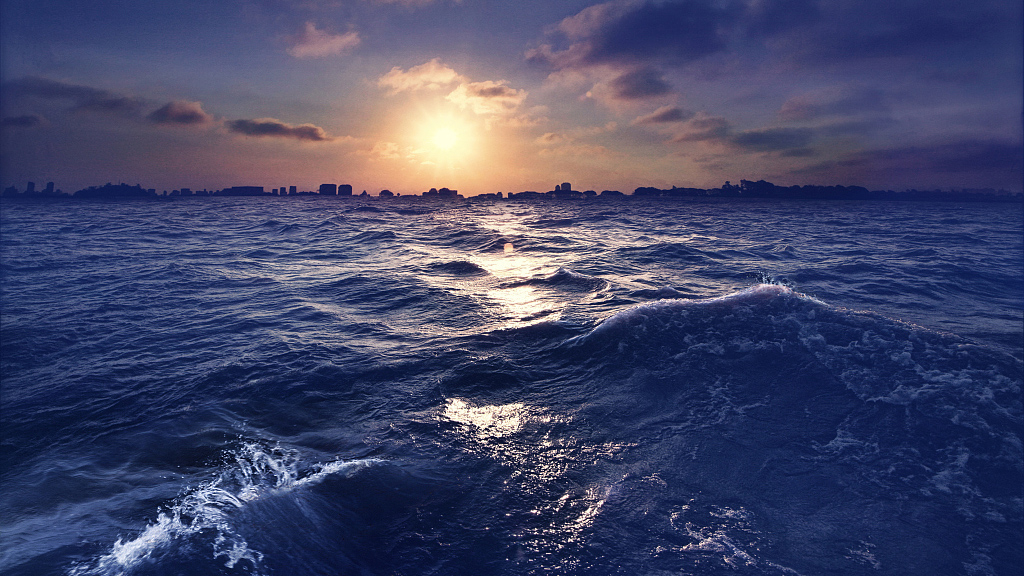
U.S. geoscientists have successfully developed and tested a new high-tech shallow water buoy that can detect the small movements and changes in the earth's seafloor that are often a precursor to deadly natural disasters like earthquakes, volcanoes and tsunamis.
The findings were published in the Journal of Geophysical Research-Solid Earth.
The buoy was installed off Egmont Key in the Gulf of Mexico last year and has been producing data on the three-dimensional motion of the seafloor, according to a release by the University of South Florida (USF).
Ultimately the system will be able to detect small changes in the stress and strain of the earth's crust, said Professor Tim Dixon with the USF School of Geosciences, who led the research project.
The patent-pending seafloor geodesy system is an anchored spar buoy topped by high precision Global Positioning System (GPS). The buoy's orientation is measured using a digital compass that provides heading, pitch and roll information – helping to capture the crucial side-to-side motion of the earth that can be diagnostic of major tsunami-producing earthquakes.
The experimental buoy rests on the sea bottom using a heavy concrete ballast and has been able to withstand several storms. The system is capable of detecting movements as small as one to two centimeters.
Offshore strain accumulation and release processes are critical for understanding megathrust earthquakes, a very large earthquake that occurs in a subduction zone, and tsunamis.
(Editor: Xing Fangyu. Cover image via VCG)
(If you want to contribute and have specific expertise, please contact us at nature@cgtn.com.)
Source(s): Xinhua News Agency